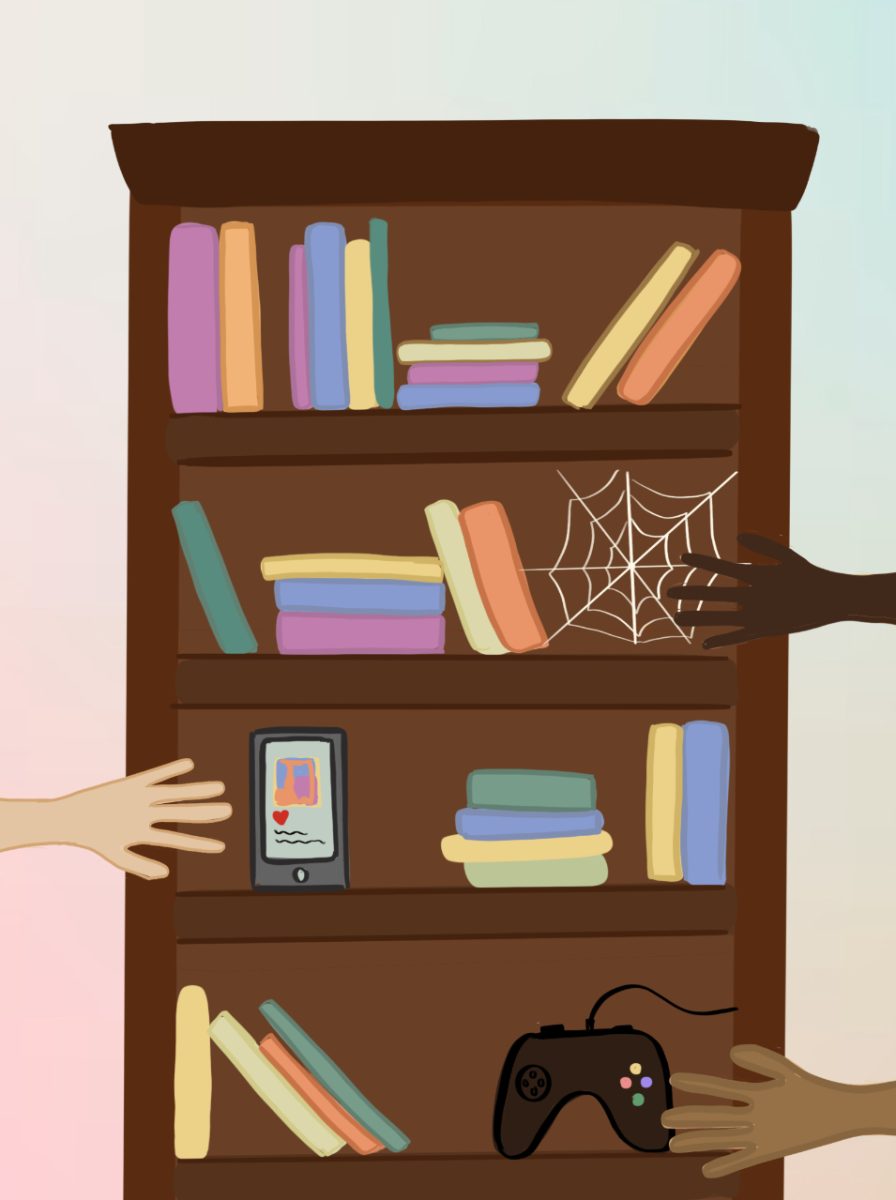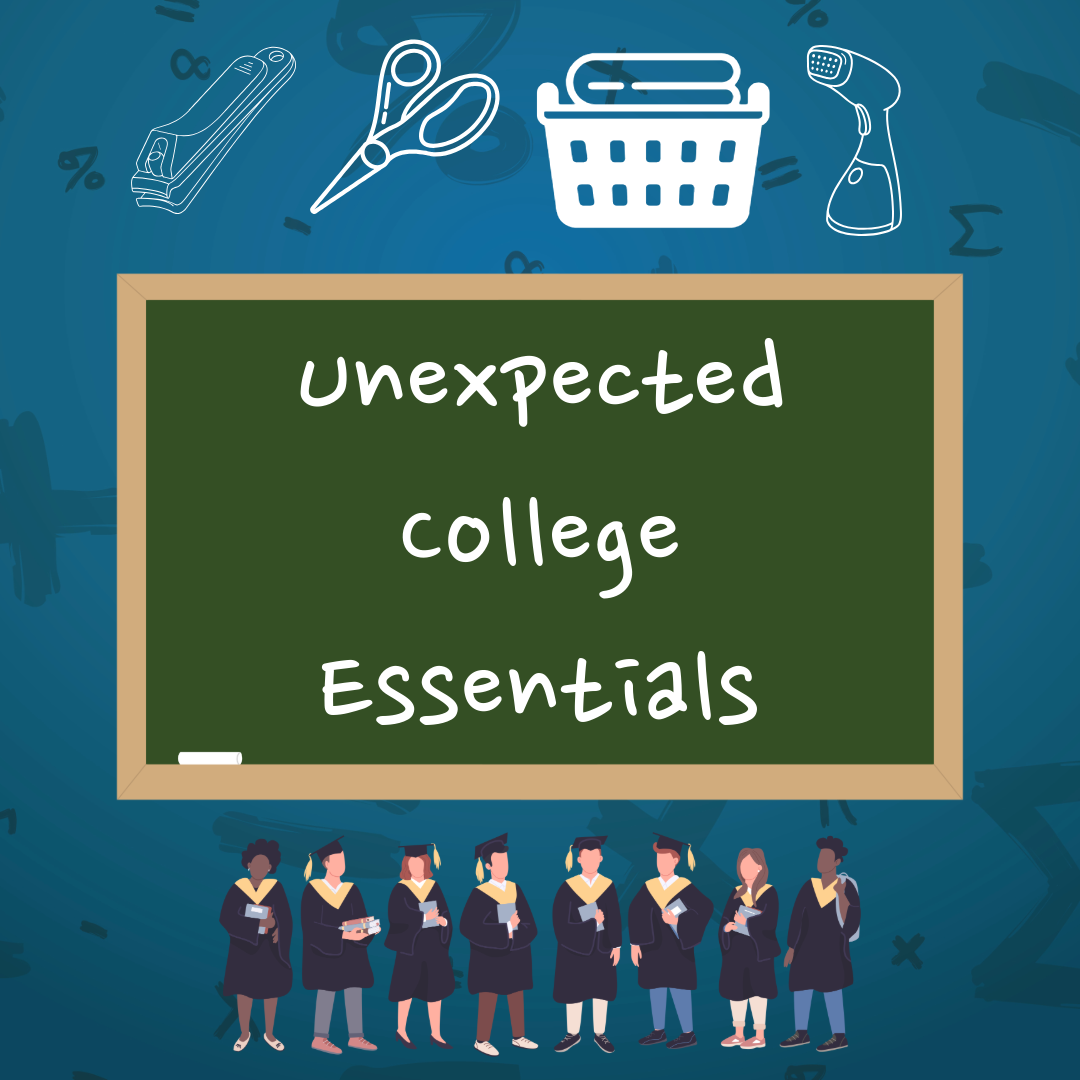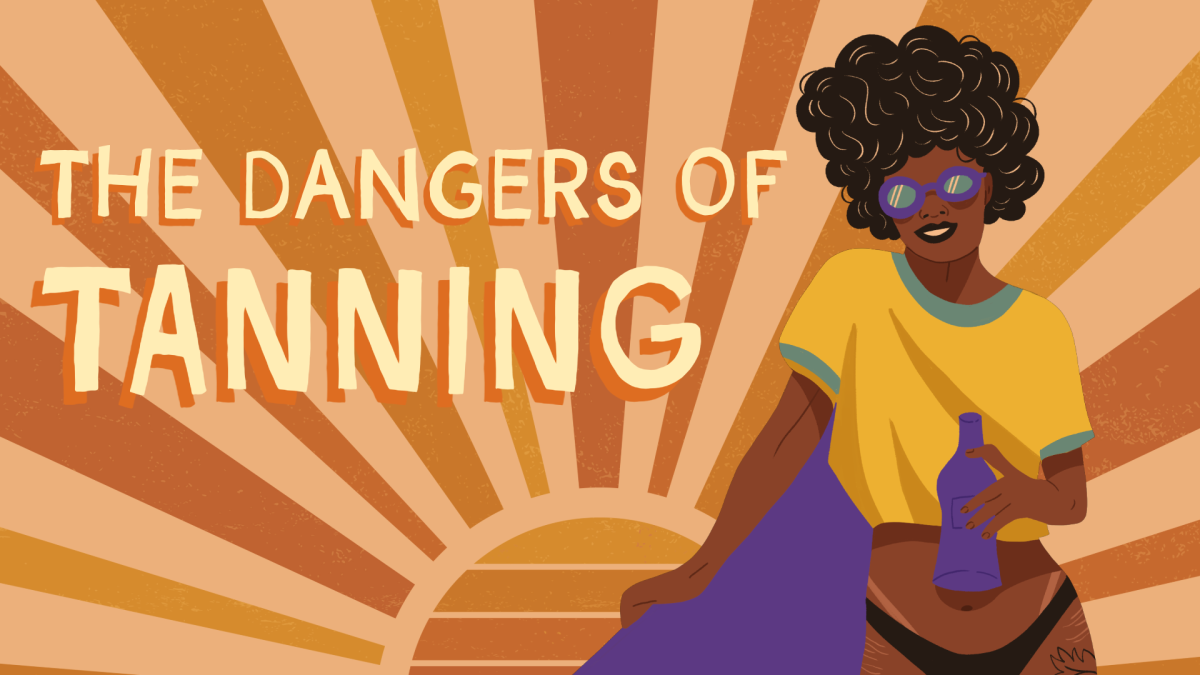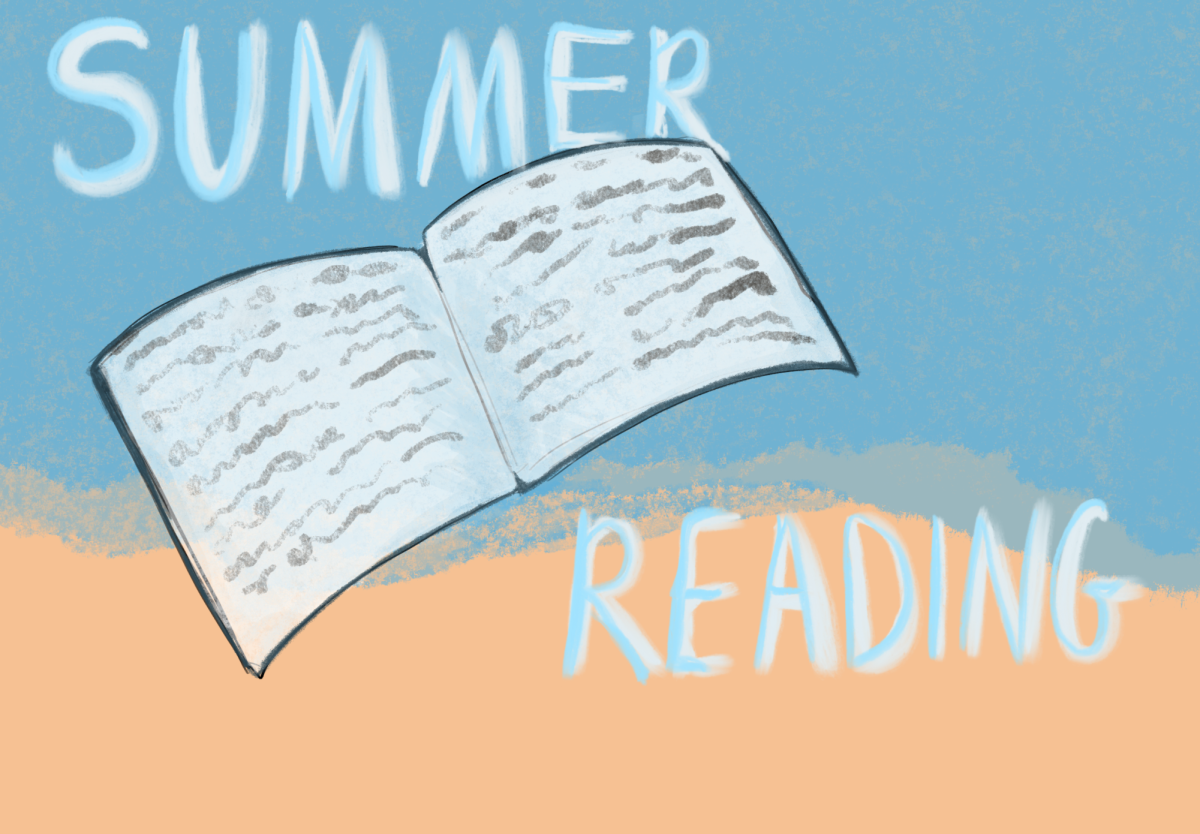The excitement elementary school students felt at school book fairs is slowly becoming a foreign feeling. As time goes on, students’ literacy rates are rapidly dropping. With shorter attention spans and less desire to learn, younger generations are experiencing a downward spiral in their education.
“Two-thirds of America’s fourth and eighth graders are not proficient in reading,” US Senate’s most recent literacy report stated. “In other words, if a student is proficient in reading, the classmates sitting to their left and right likely are not. This has a profound impact on students, teachers and classroom dynamics.”
Literacy struggles have been most common with students who are of color, low income backgrounds, disabilities and multilingual learners. Last year, during their yearly report, the National Assessment of Education Progress showed that 43% of fourth graders in the US scored at or above a proficient level in reading. Not even half of students are at excelling reading levels, which is a concerning statistic.
According to Reading Is Fundamental, 80% of children who live in economically disadvantaged communities lose their reading skills over the summer due to lack of access to books and other resources. When students lack resources, such as books outside of the classroom, they are unable to practice reading at home. Therefore, the lack of resources available to under-privileged students sets them back from classmates who are able to enhance their skills from home.
“When I worked in Westwood, a population that had abundant resources, it was clear they had opportunities to take advanced coursework,” Secondary Education teacher Gina Destito said. “I now work in a Title I school in Waltham and students present a different set of challenges regarding literacy rates. It’s clear that the financial stability of a district has a direct impact on a student’s education.”
Additionally, student behavior struggles have been noticeably rising over the past few years. The COVID 19 pandemic is to blame for increasing students’ apathy and lack of motivation, ultimately warping their eagerness to learn. The dark time period of learning through Zoom calls was harmful for many students’ development, an issue we are still seeing effects of.
“When I was a student in public schools, there were noticeably fewer behavioral challenges compared to what I encounter today,” Destito said. “In the present day classroom, I’ve observed a major increase in behavioral disruptions; the distractions severely impact the learning environment, leading to poorer academic outcomes overall.”
The future lies in the hands of generations currently facing academic struggles. If we don’t address fundamental needs, such as strong literacy skills, the future will face significant challenges.
















